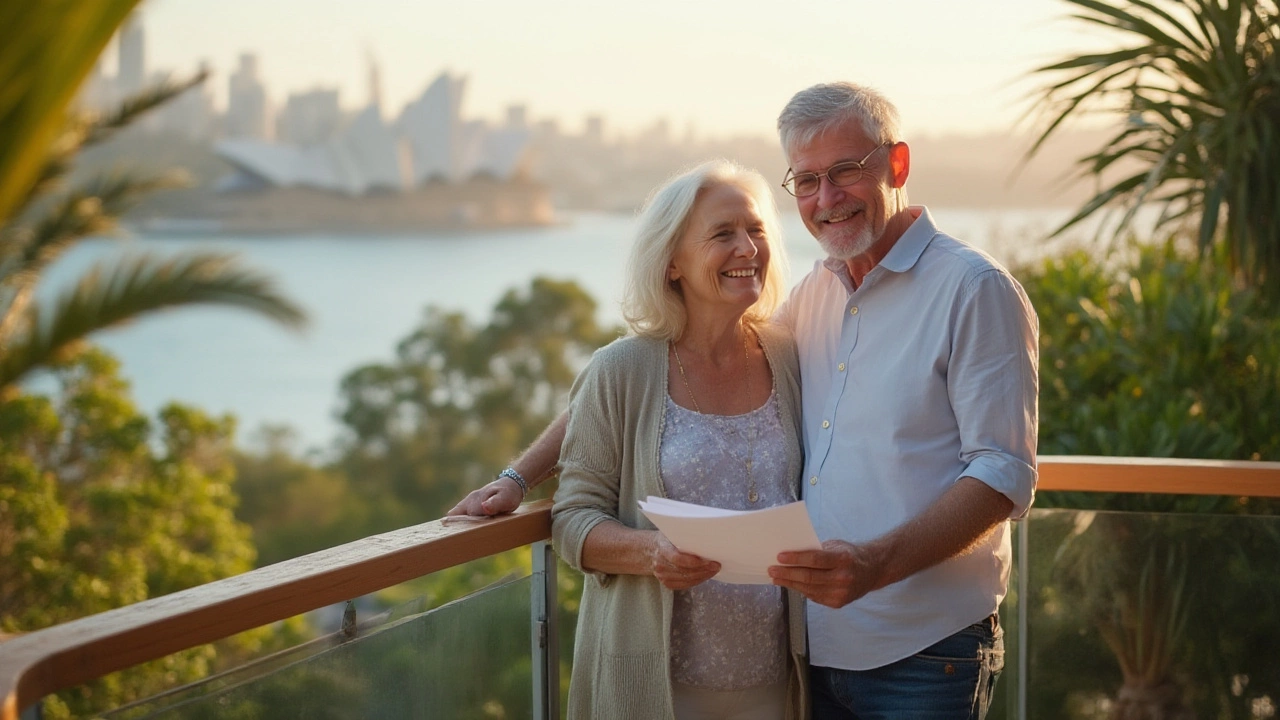Retire in Australia: What You Need to Know Before You Pack
Thinking about swapping the UK drizzle for Aussie sunshine? Retiring down under sounds great, but a smooth move takes a bit of planning. Below you’ll find the key steps – from visas to budgeting – that keep the excitement high and the headaches low.
Visa options and legal basics
The first hurdle is the right visa. Most retirees go for the Subclass 405 (Investor Retirement) or the Subclass 410 (Parent) if they have close family in Australia. Both require proof of sufficient funds – usually around AUD 750,000 in assets – and a health check. You don’t need a job offer, but you do need to show you can support yourself without relying on welfare.
Don’t forget to check the latest immigration rules on the Department of Home Affairs site. Rules change, and a small mistake on the application can add months to the process. If you’re unsure, a specialist migration lawyer can save you time and money.
Cost of living and budgeting tips
Australia isn’t cheap, but the lifestyle often justifies the price. Housing costs vary: a city apartment in Sydney can cost AUD 2,500 a month, while a three‑bedroom house in regional Queensland might be under AUD 1,200. Food, transport and health insurance add up, so many retirees aim for a total monthly budget of AUD 3,000‑4,000 depending on location.
Use a simple spreadsheet: list your pension, overseas savings, and any investment income. Then subtract estimated monthly expenses – rent, utilities, groceries, transport, and a buffer for emergencies. If the numbers look tight, consider a part‑time job or renting out a spare room. Remember, the Australian tax system treats foreign pension income differently, so professional advice can help you keep more of your money.
Healthcare is a big draw – Australia’s Medicare offers free public hospital treatment to permanent residents. However, it doesn’t cover everything. Many retirees purchase private health insurance to avoid long wait times and to cover dental or optical care. Compare policies annually; a modest plan can cost around AUD 150 a month, but it adds peace of mind.
Don’t overlook the superannuation landscape. If you have an Australian super fund, you can usually access it after reaching preservation age (typically 60). If you’re moving funds from the UK, investigate the tax implications of moving pension pots abroad. A financial planner familiar with both UK and Australian rules can optimise your withdrawals.
Finally, think about day‑to‑day life. Public transport in major cities is reliable, but a car is handy in regional areas. Join local expat groups on Facebook or Meetup – they’re great for tips on everything from the best fish and chips shop in Melbourne to navigating Aussie slang.
Retiring in Australia is a realistic dream if you follow these steps: get the right visa, map out a solid budget, understand health coverage, and seek advice on taxes and super. With a bit of homework, you’ll be swapping tea for flat whites in no time.
How Long Does $1 Million Last in Retirement? Realistic Projections, Stats & Strategies (2025 Guide)

Will $1 million last through retirement in 2025? Discover real-life examples, spending factors, and key strategies to stretch your nest egg in Australia.
Read More >>